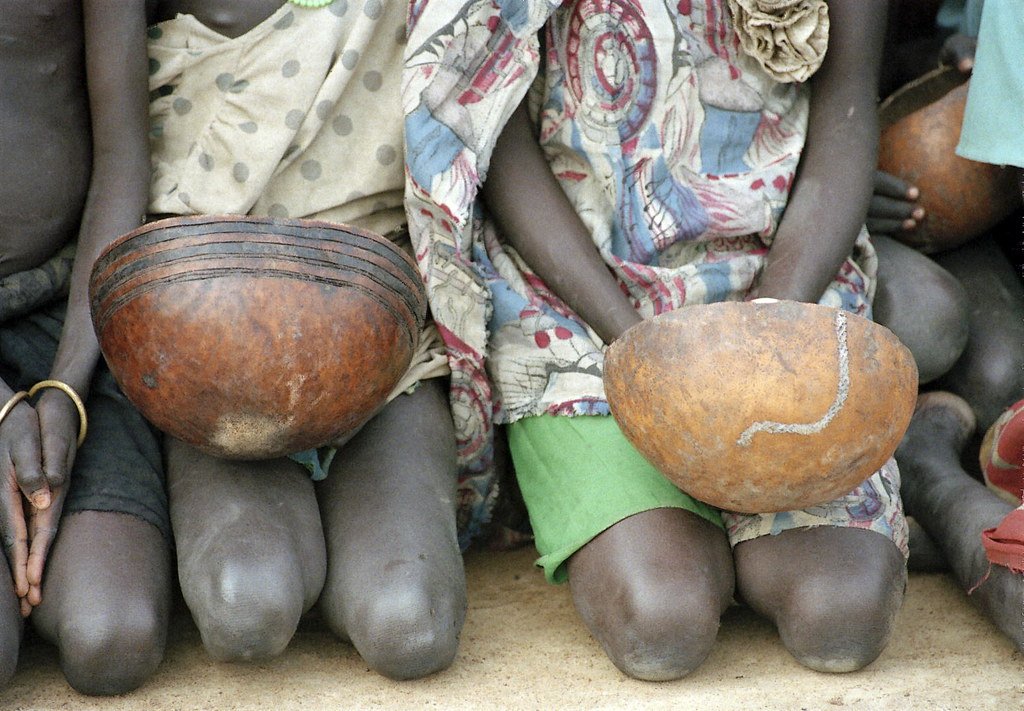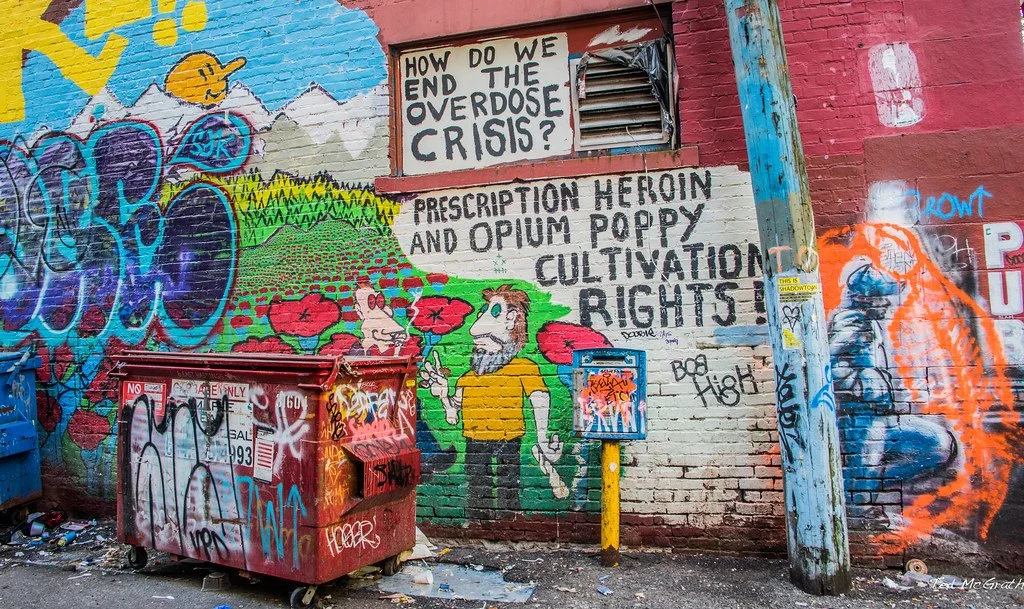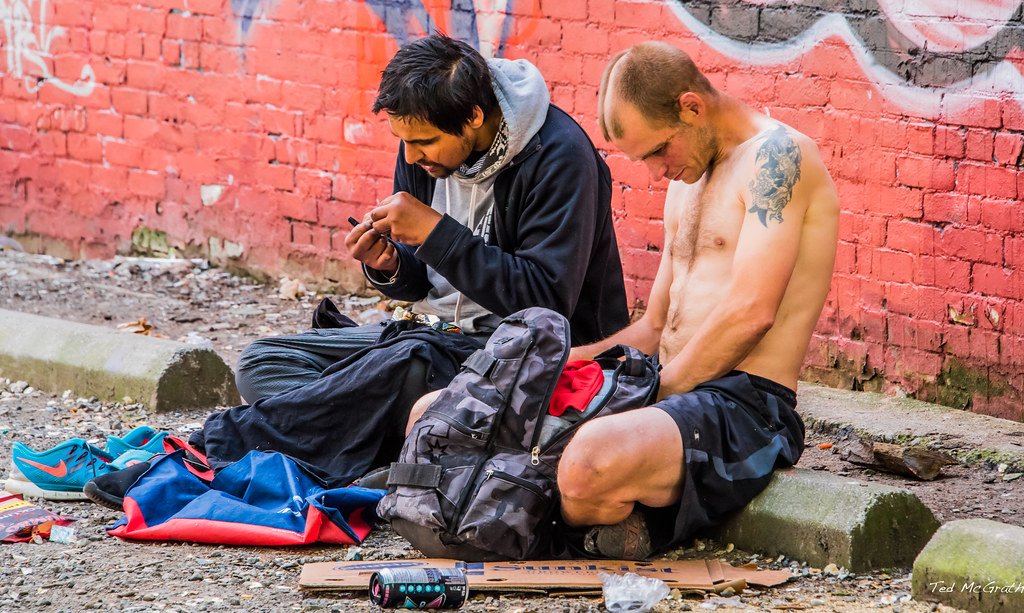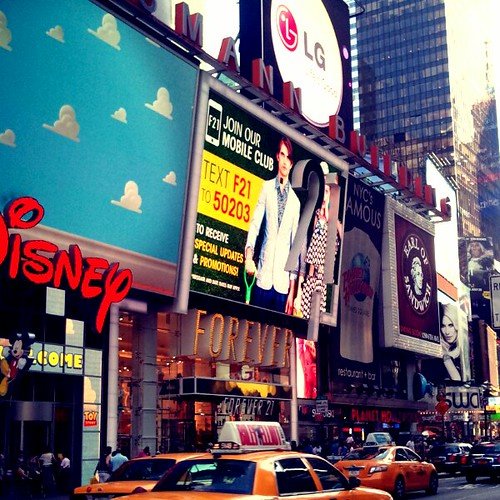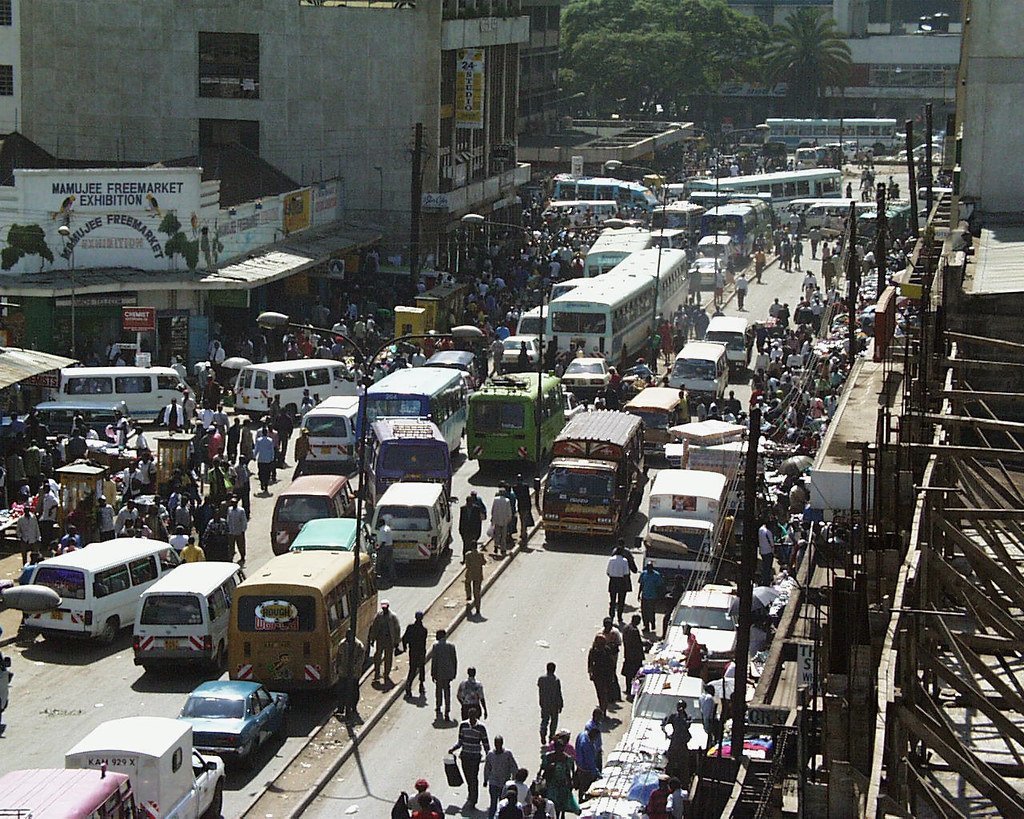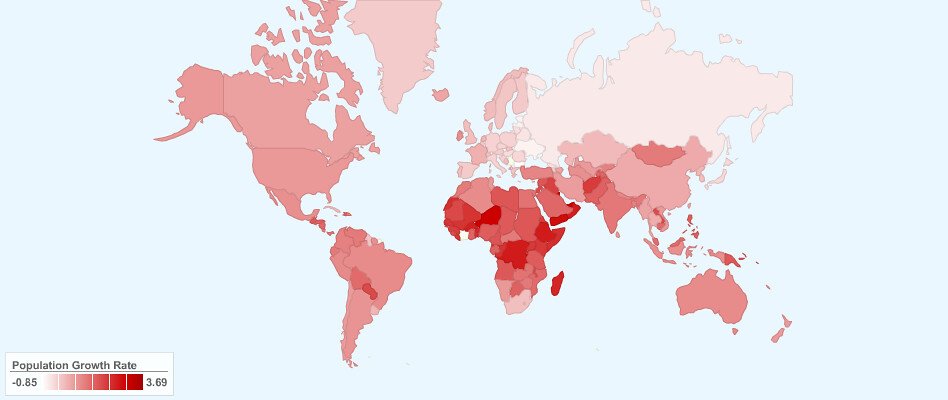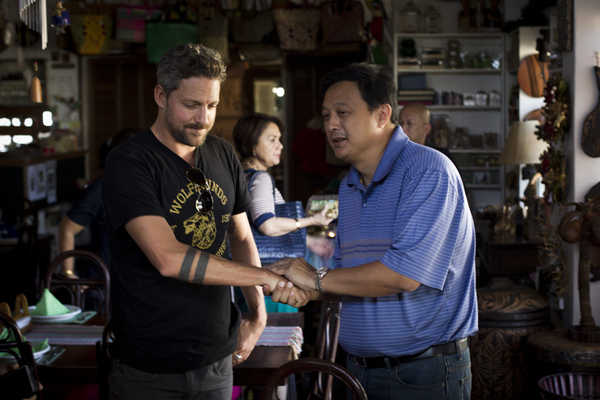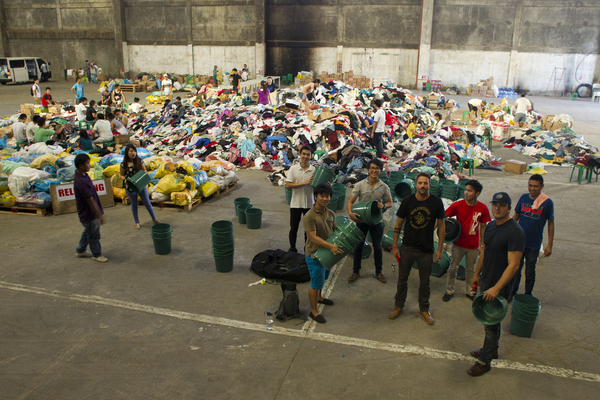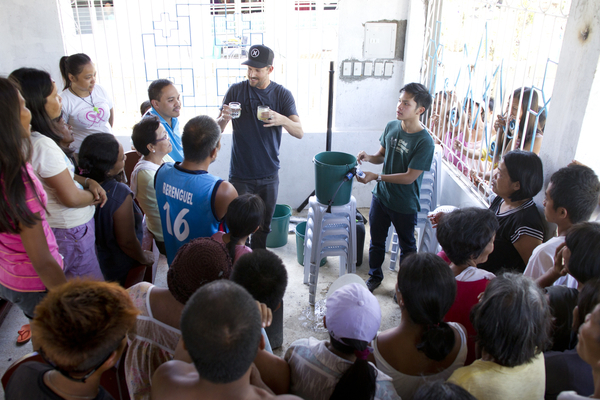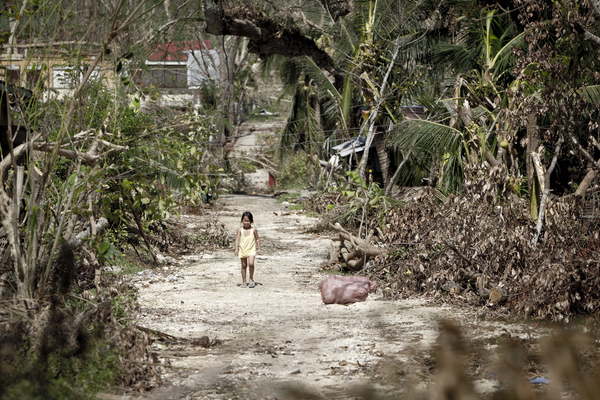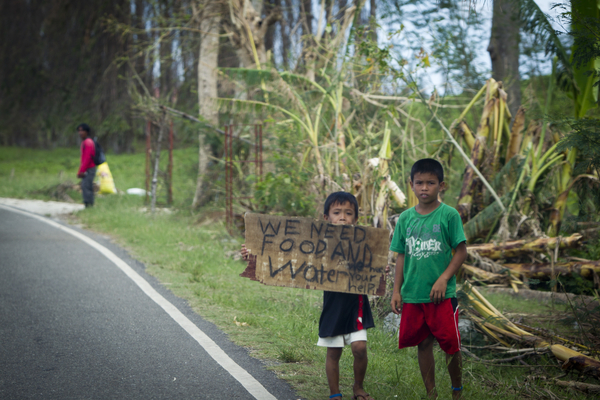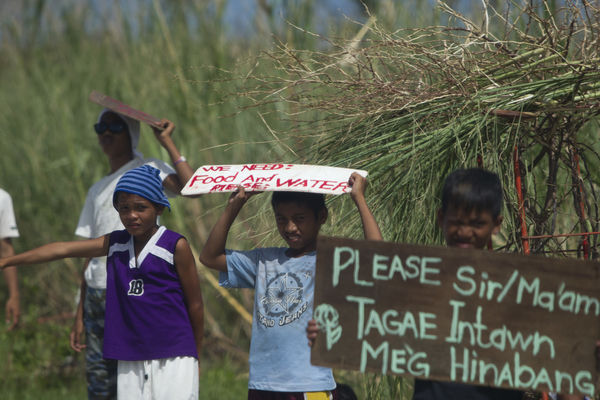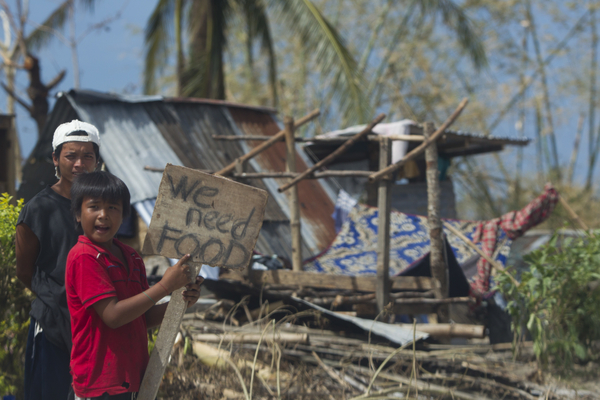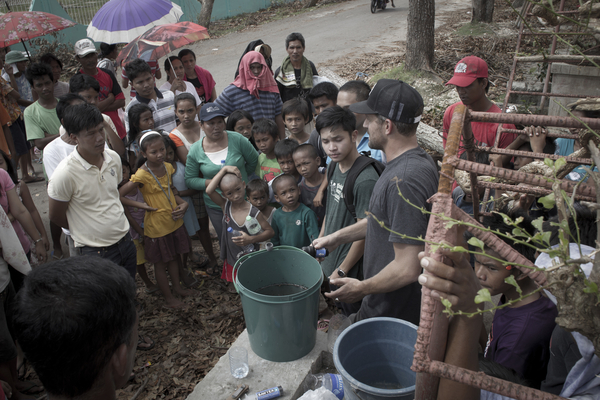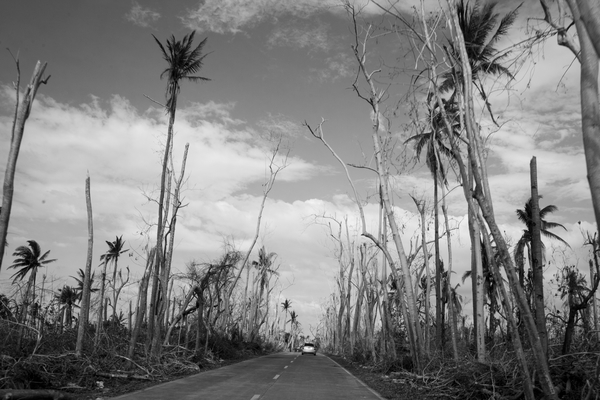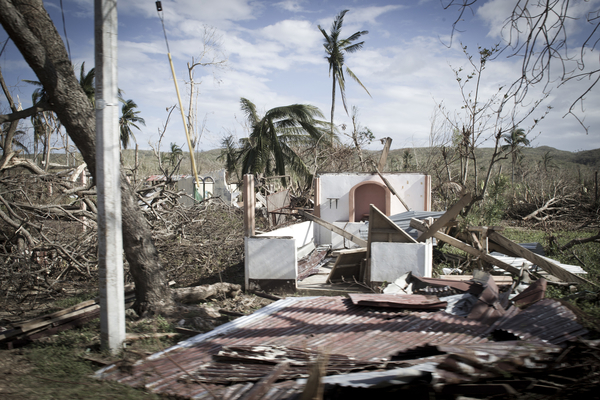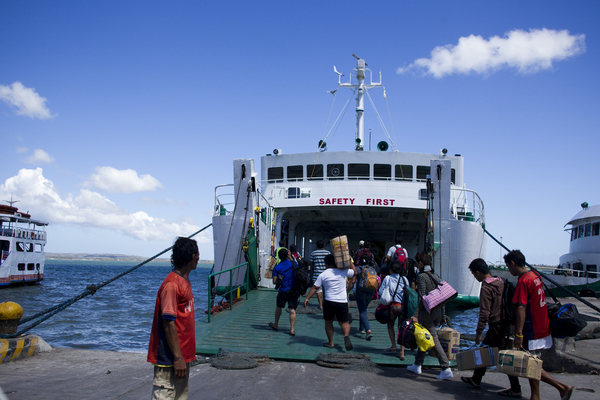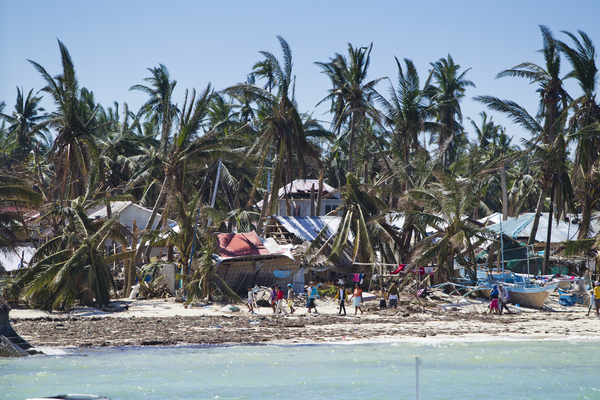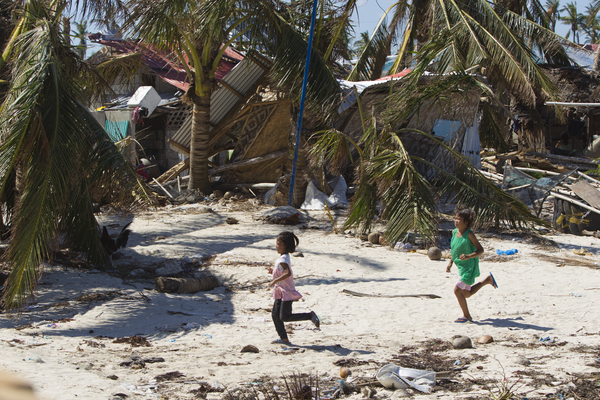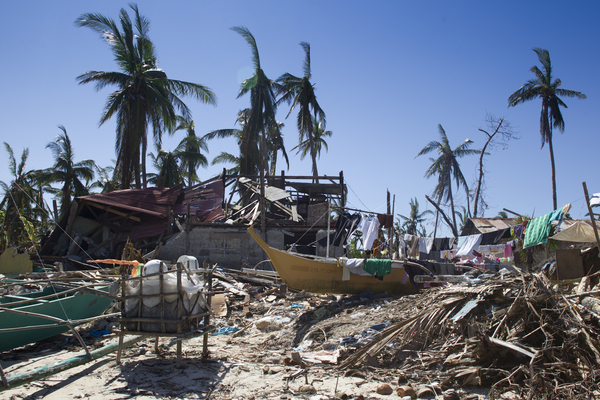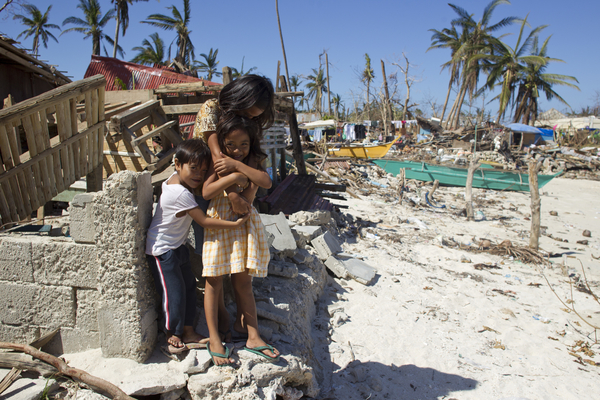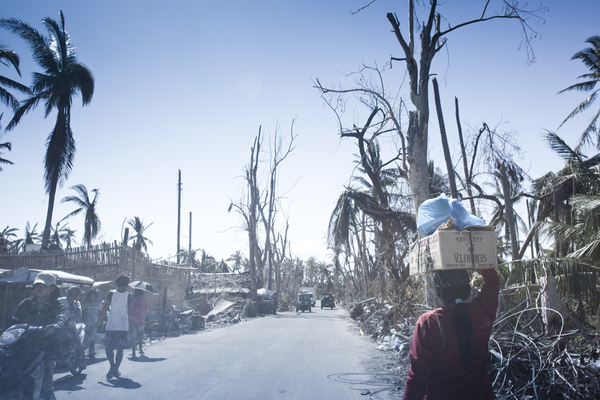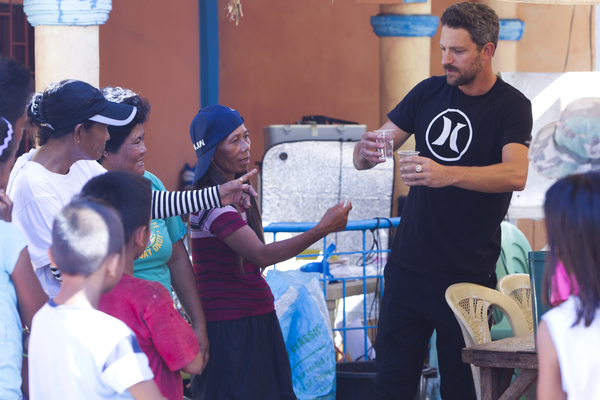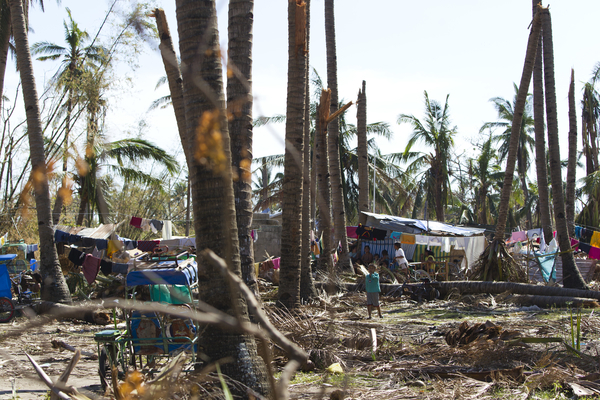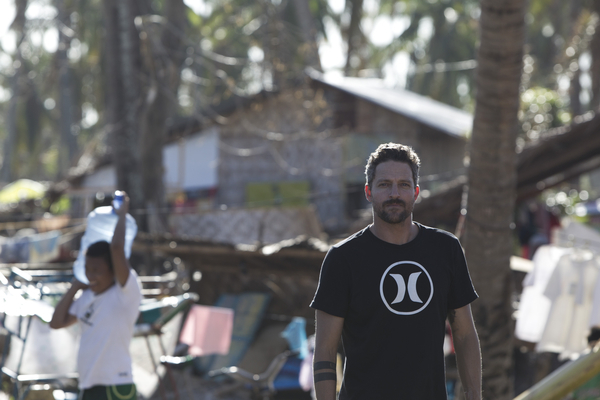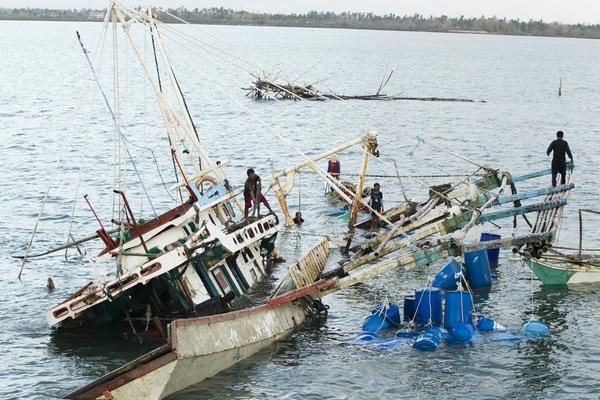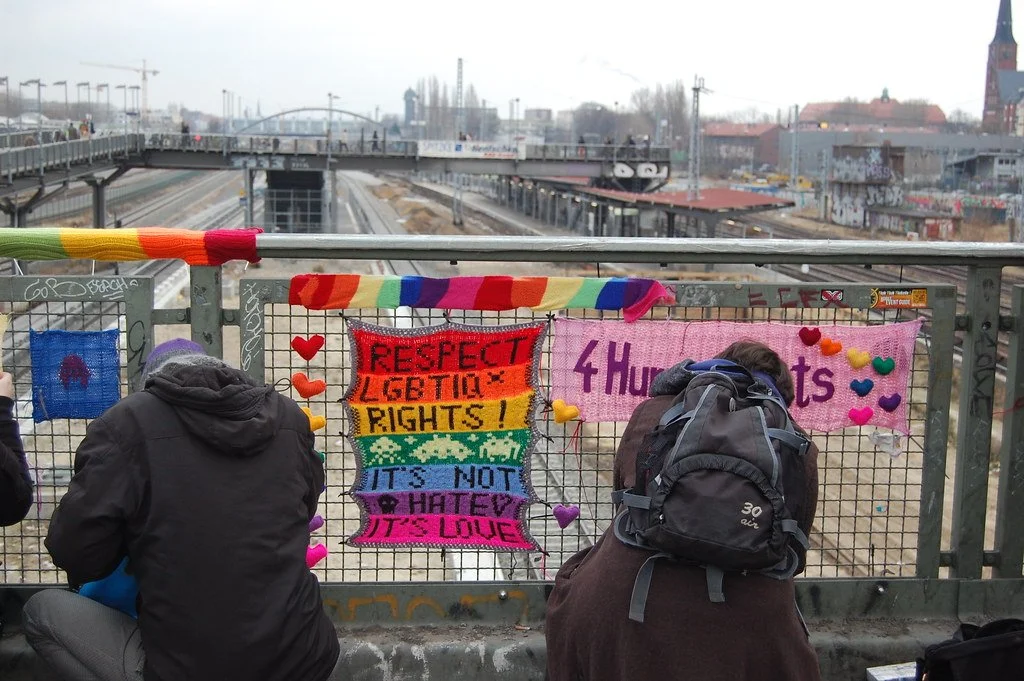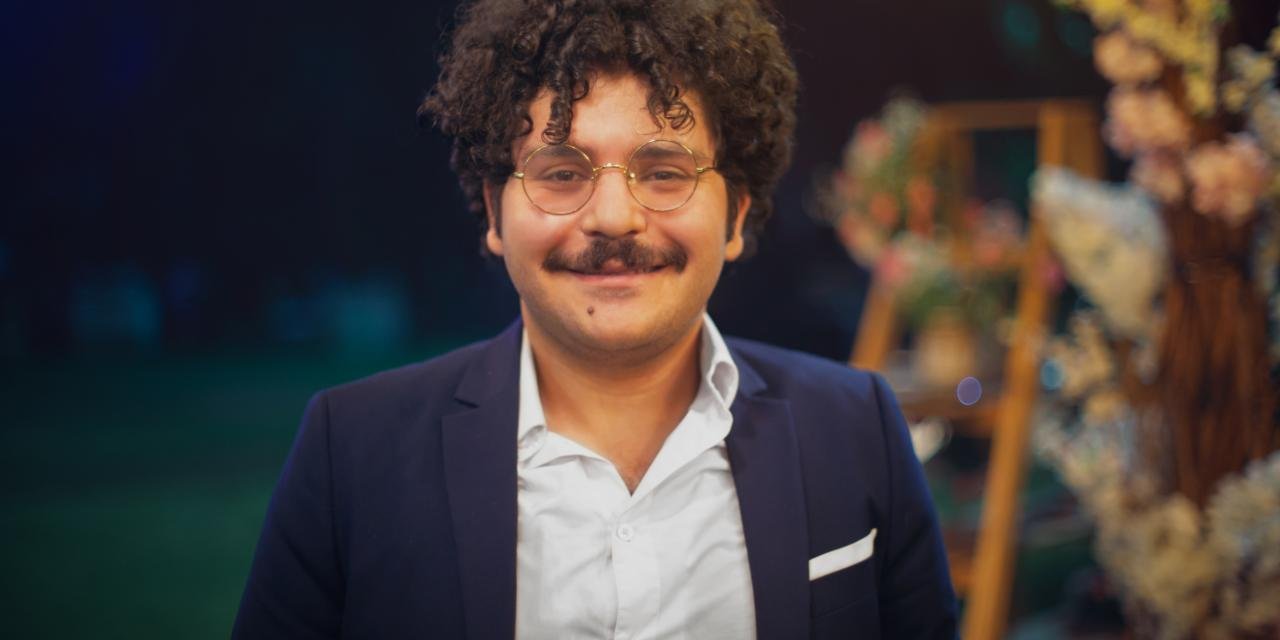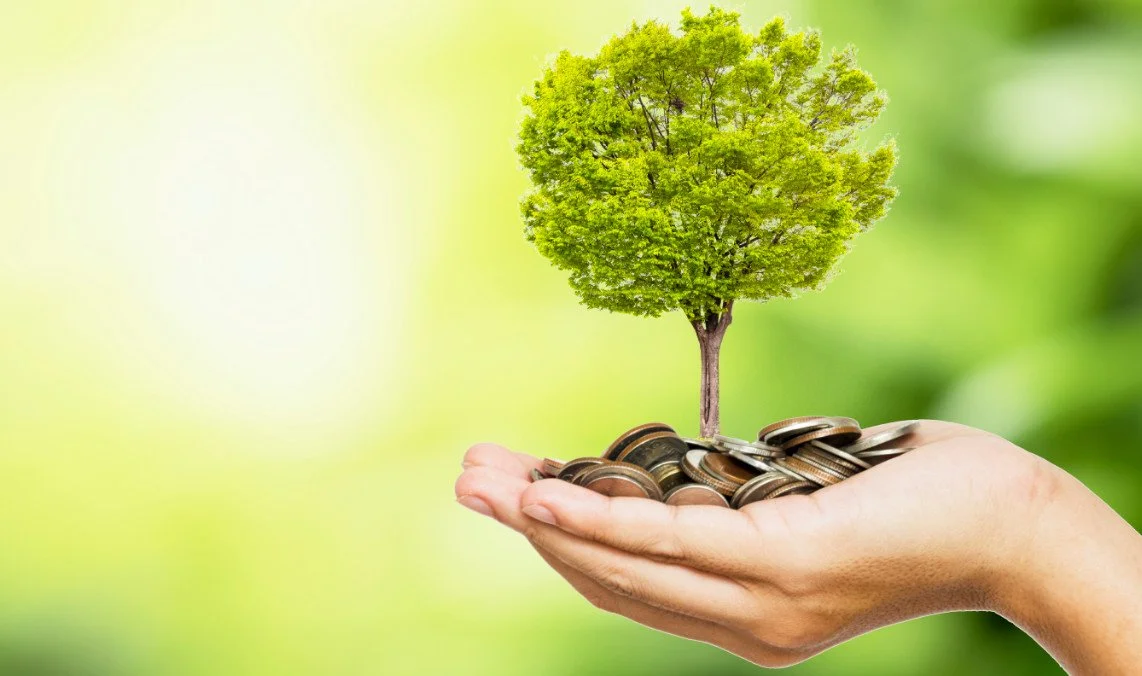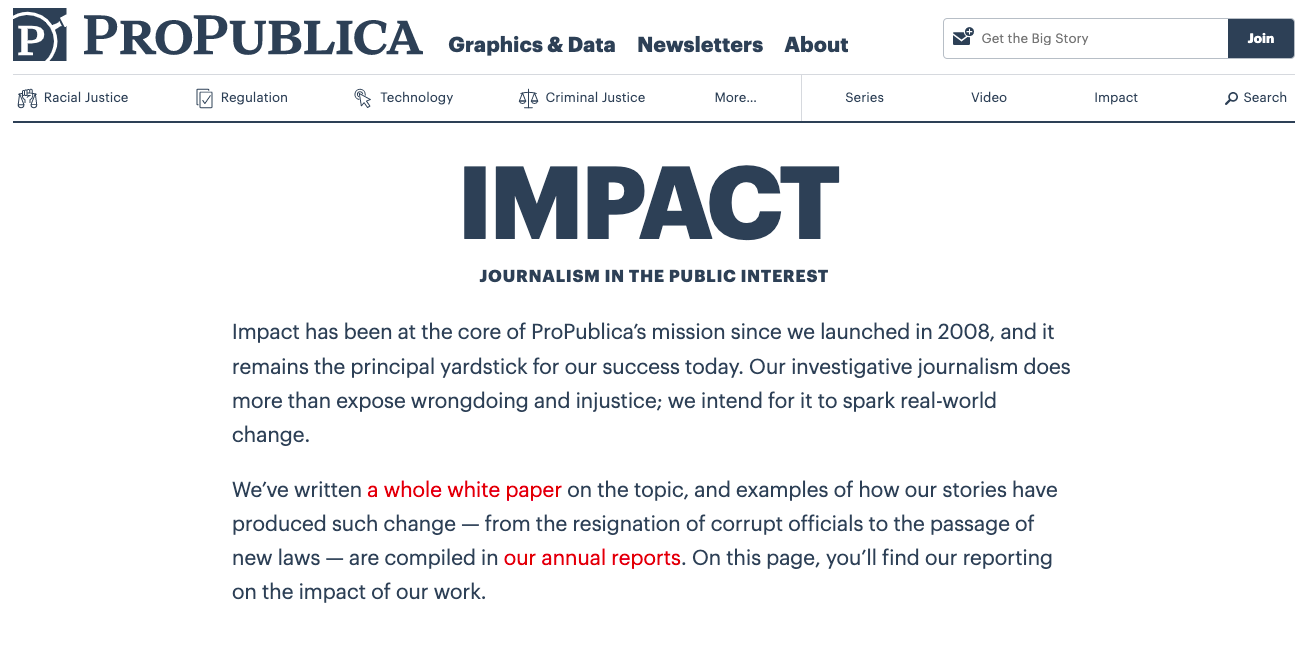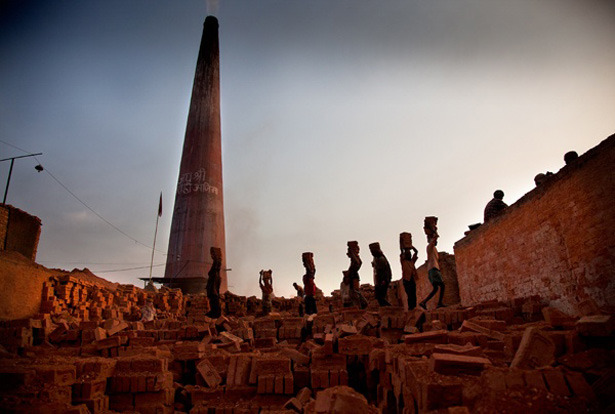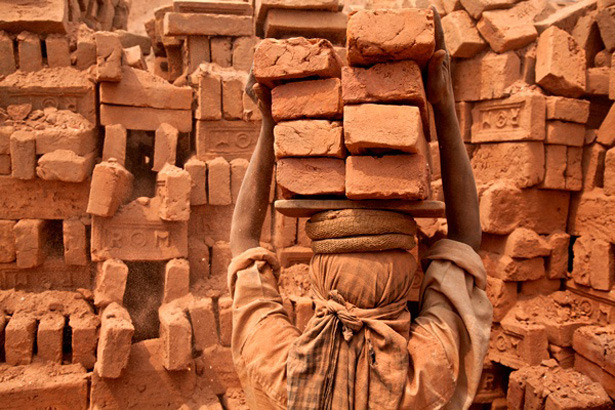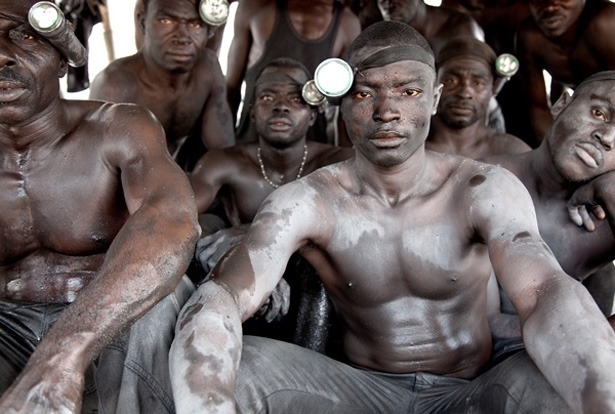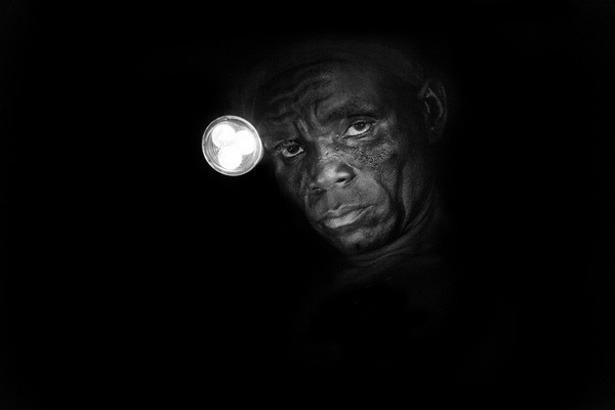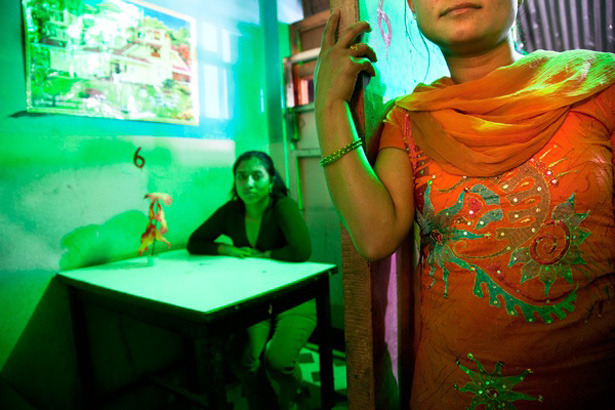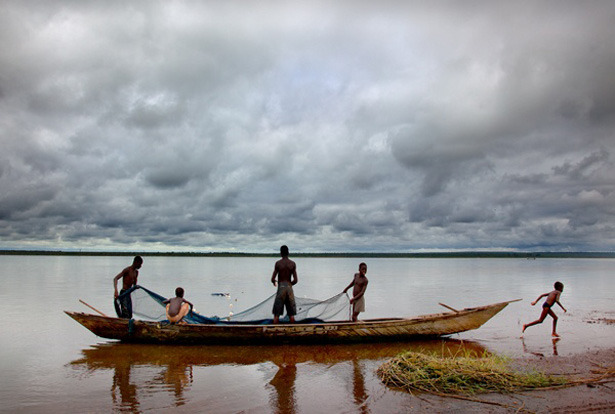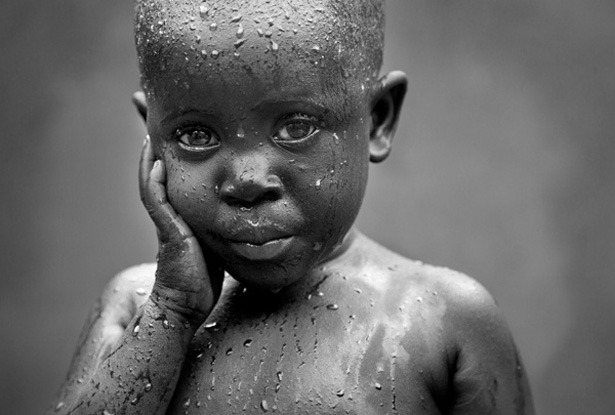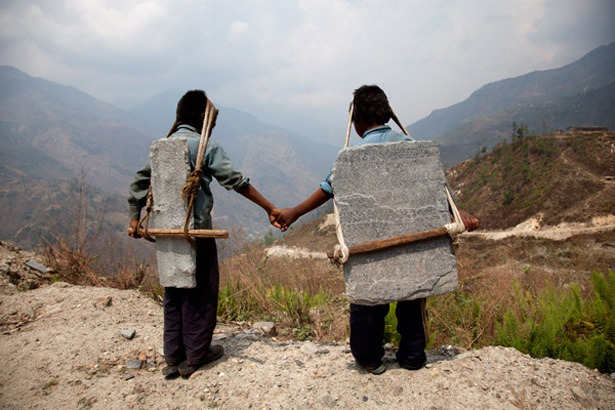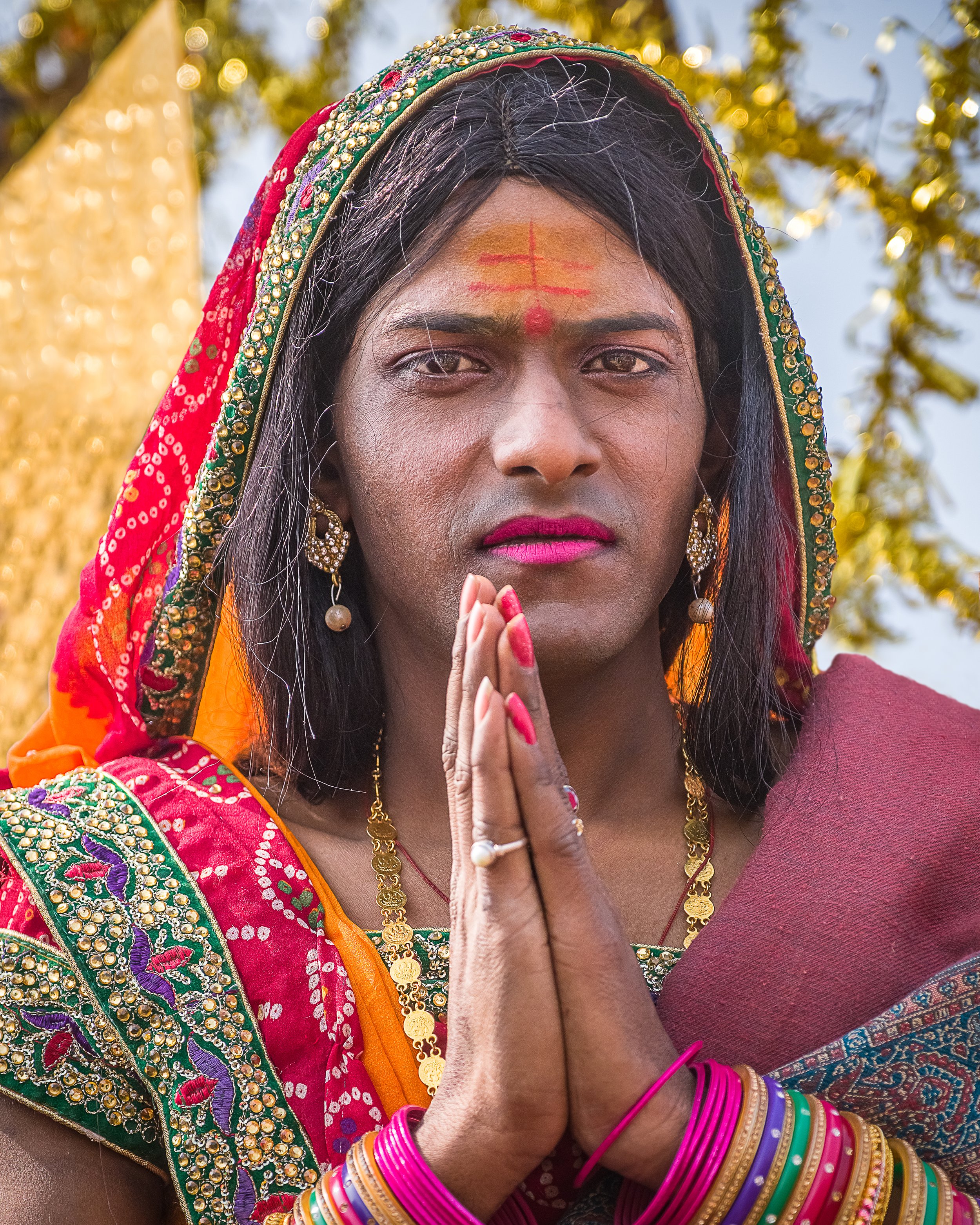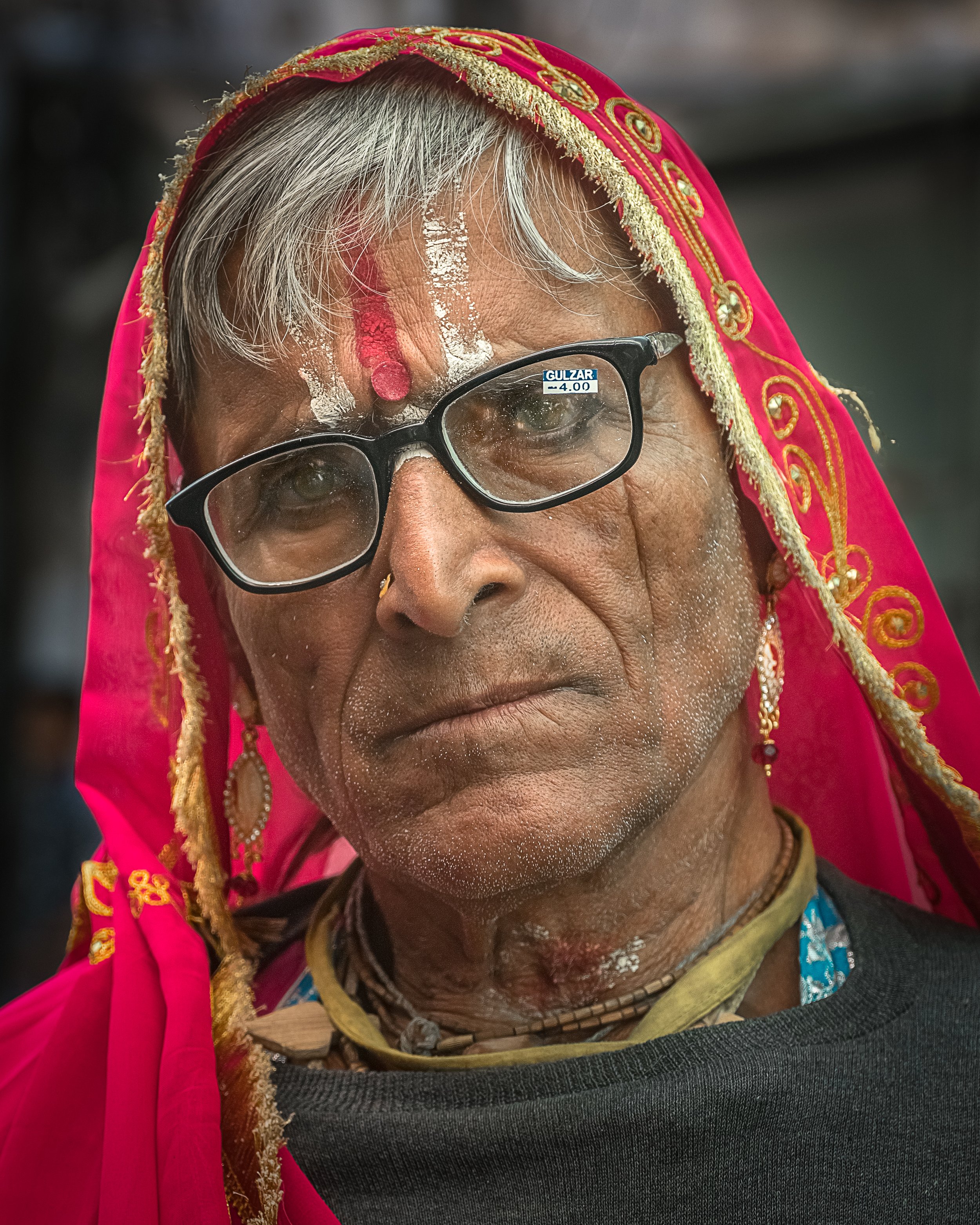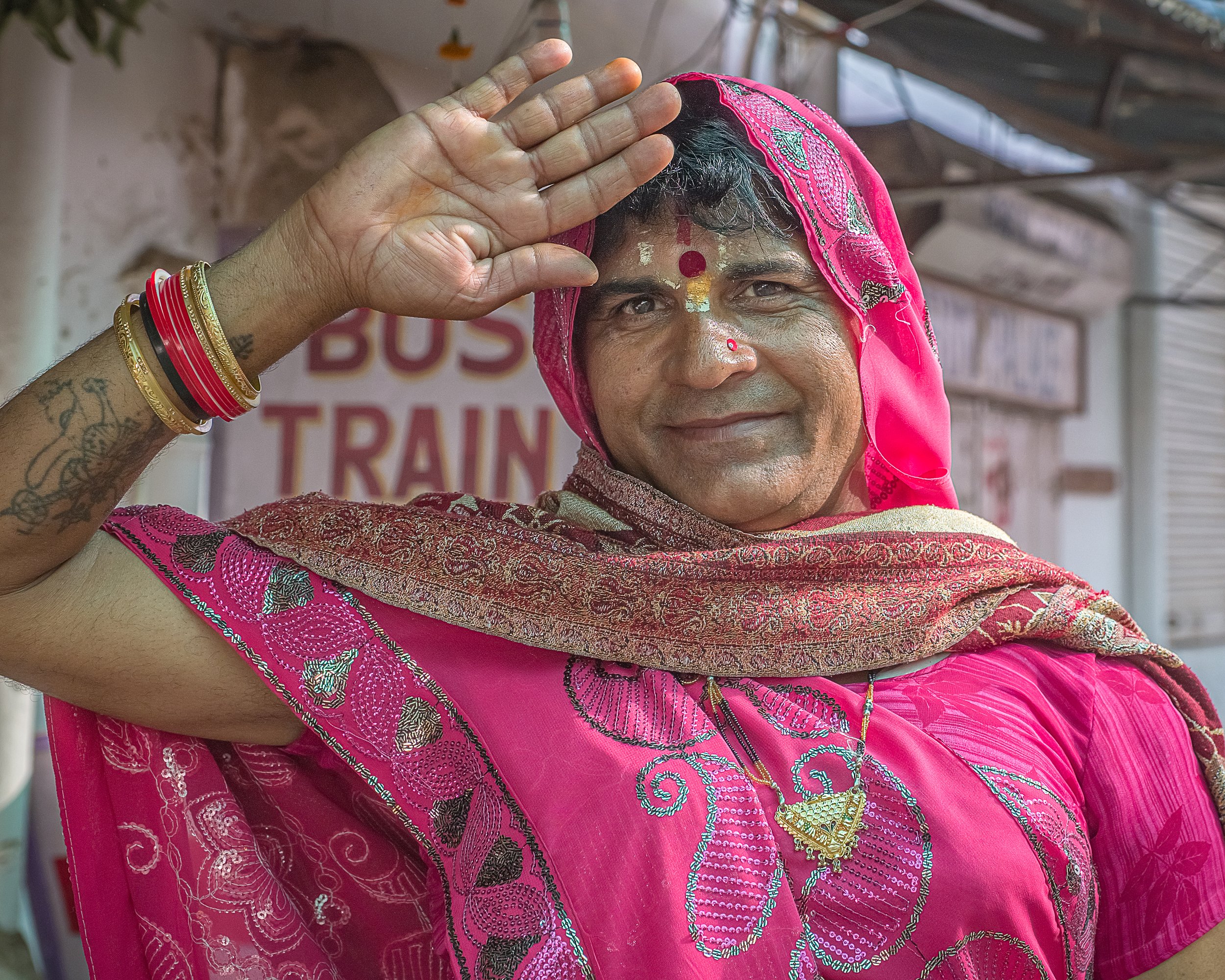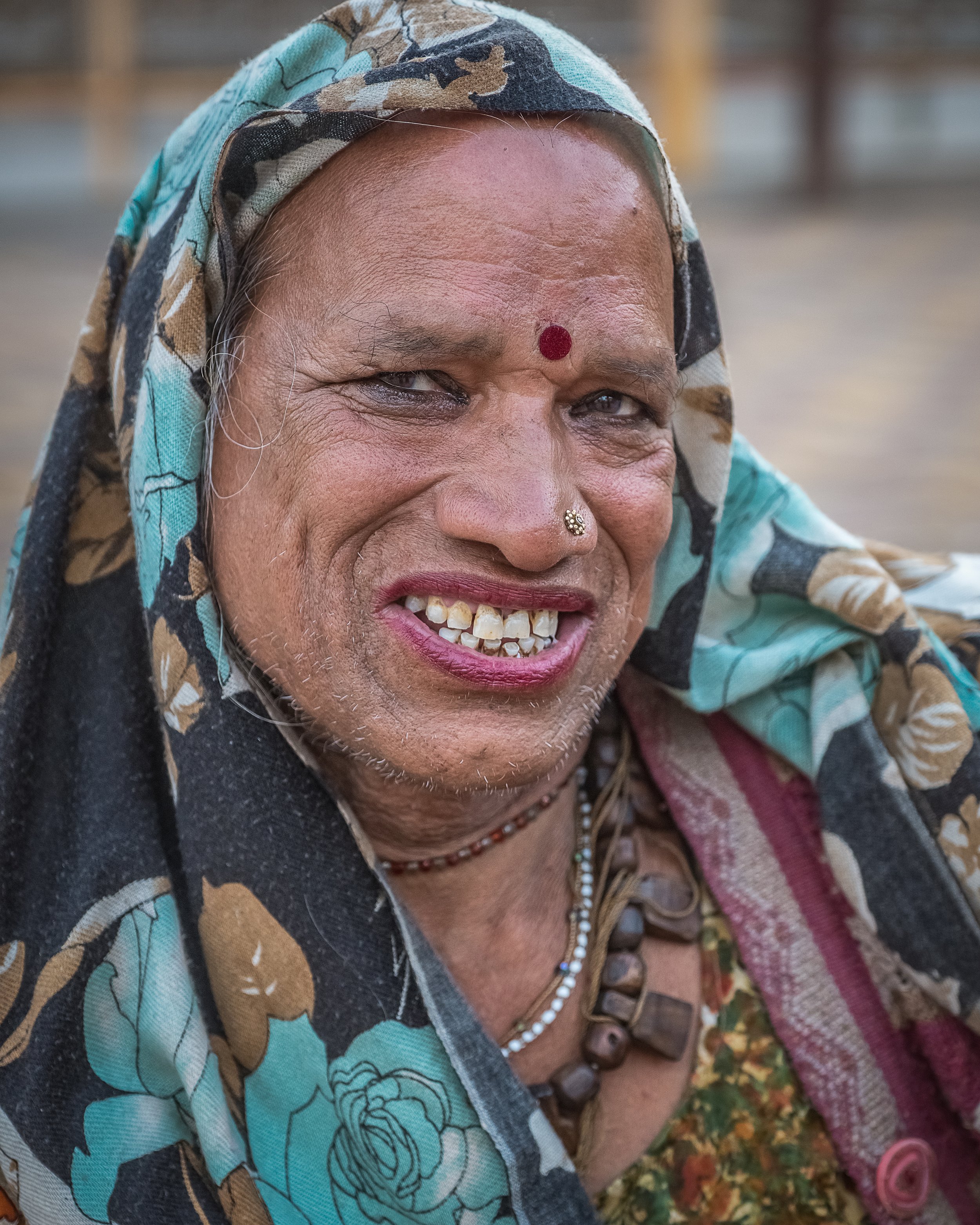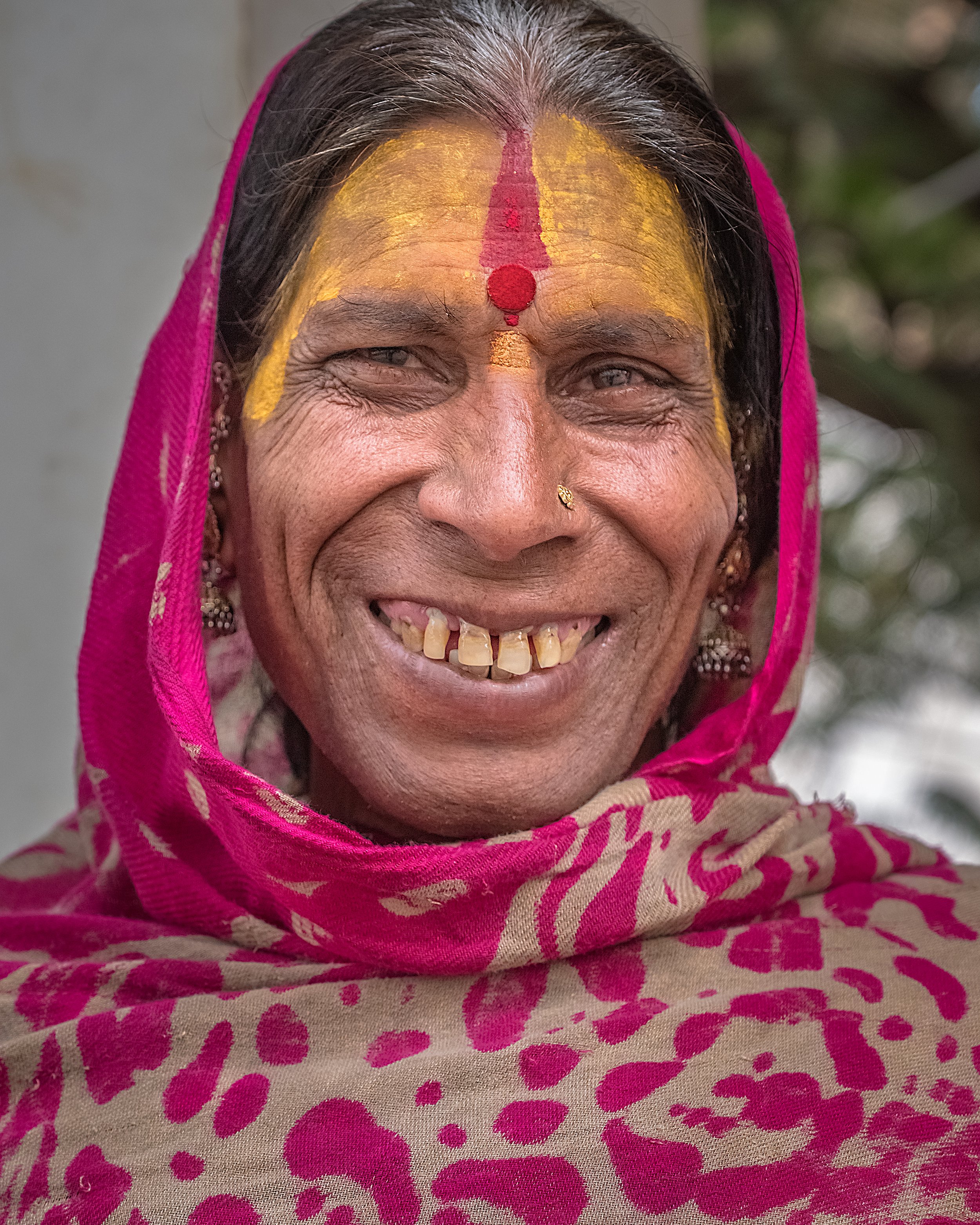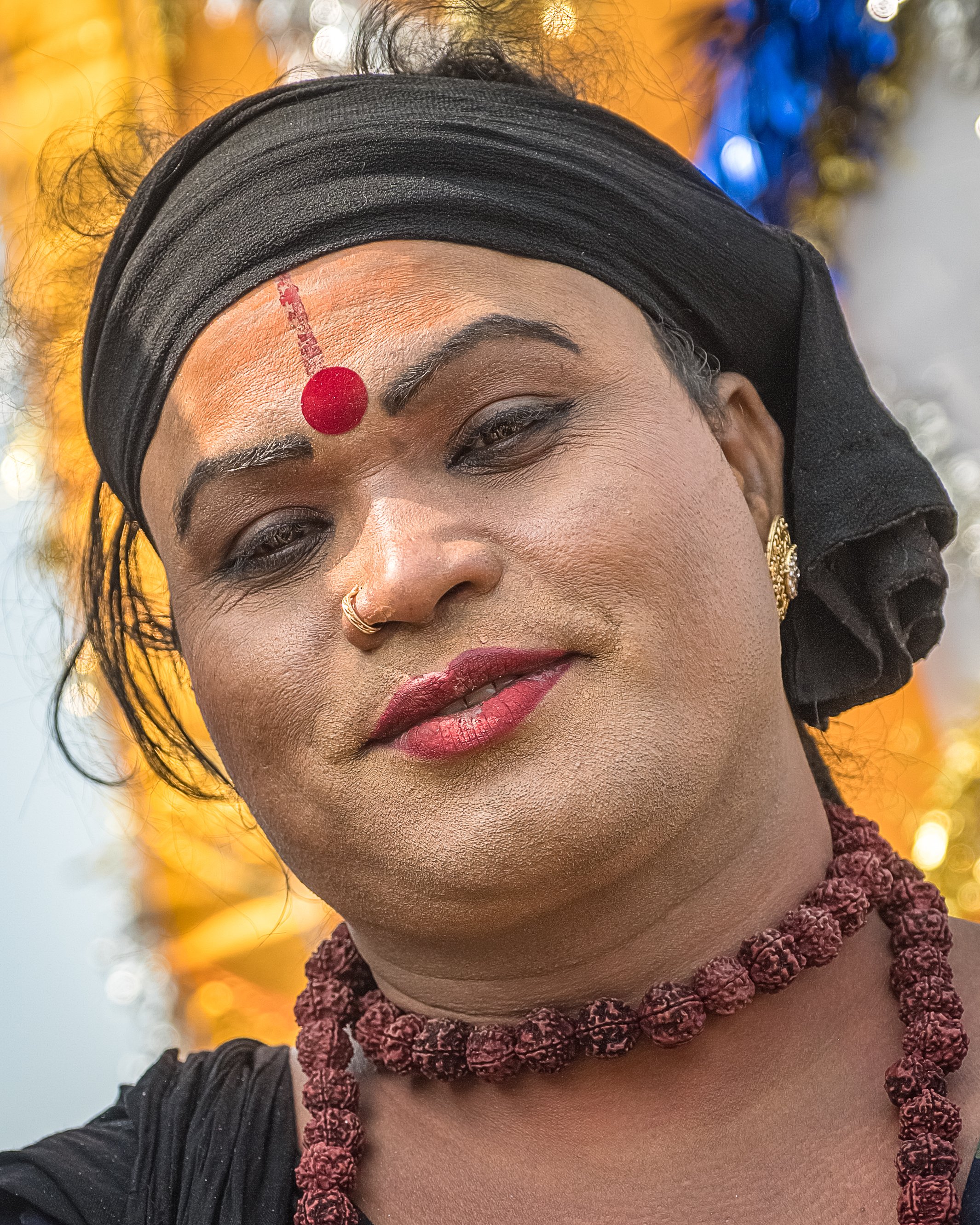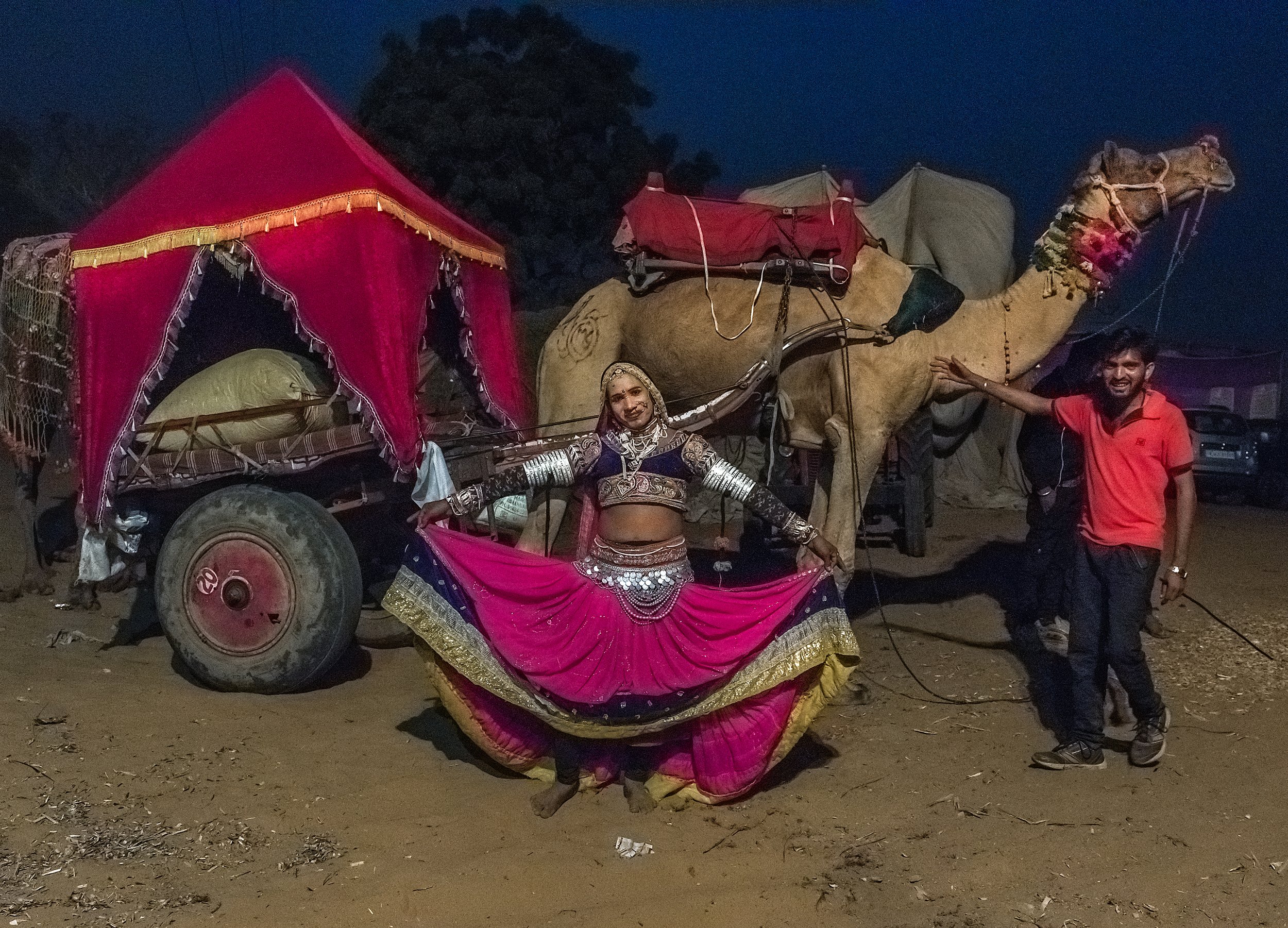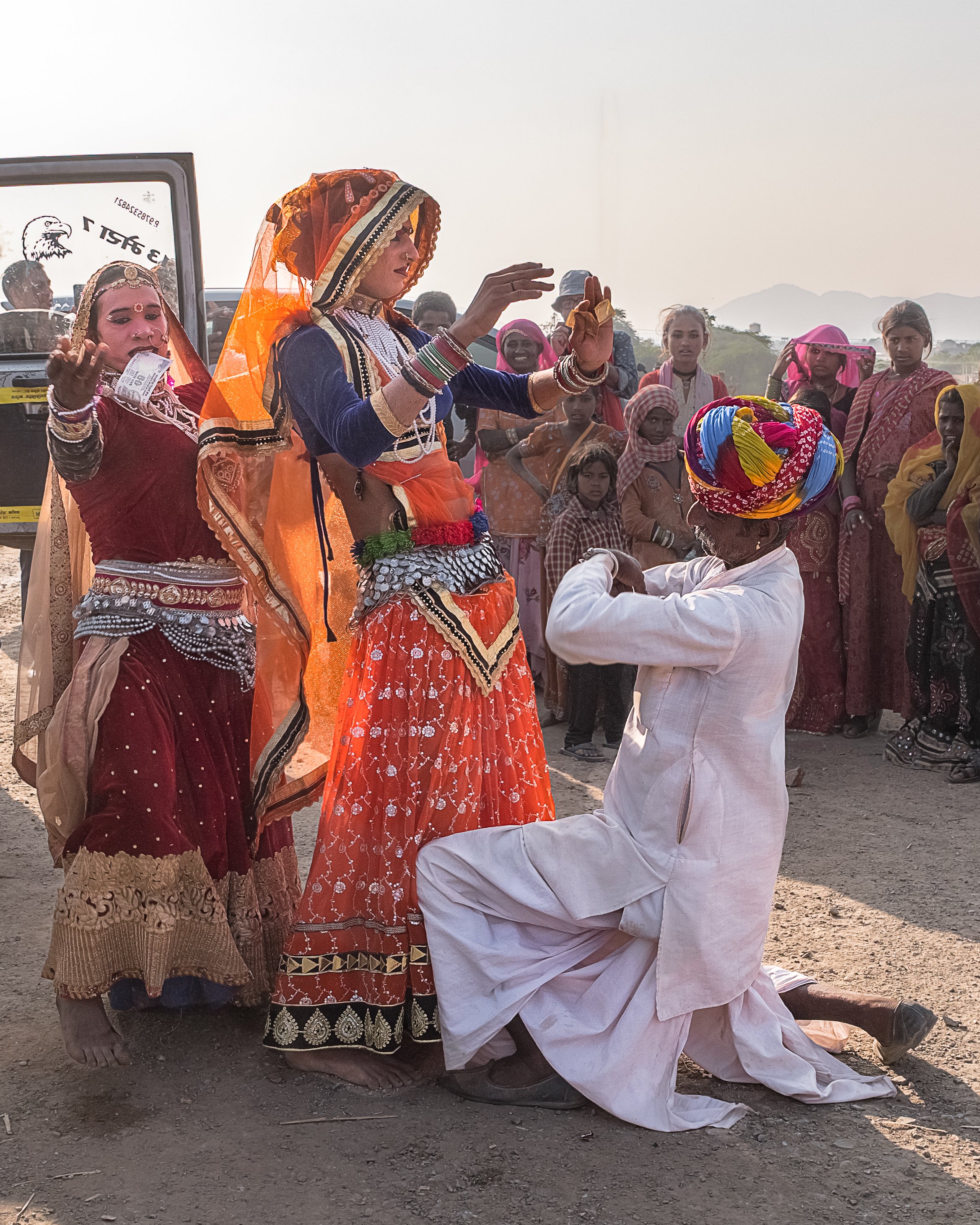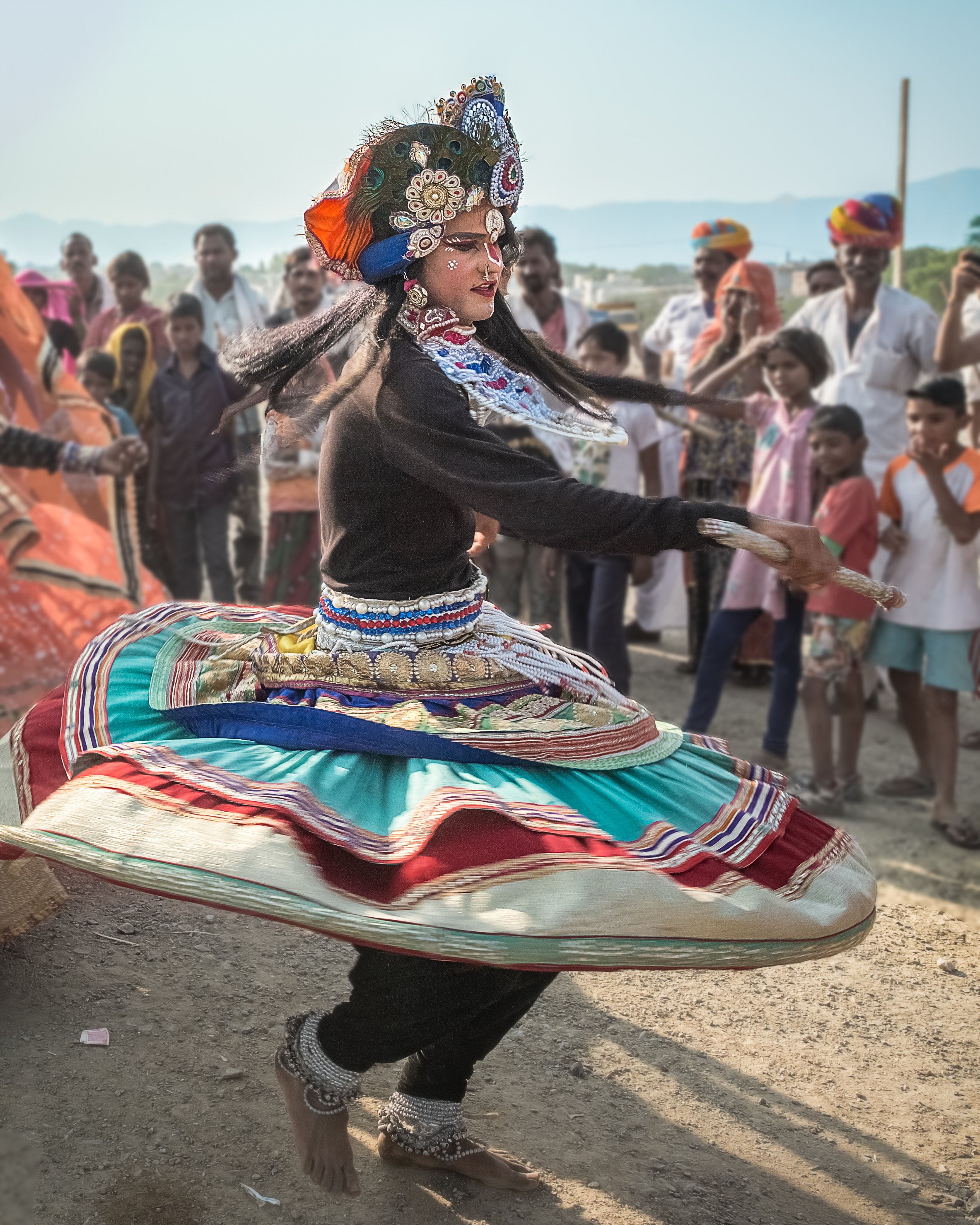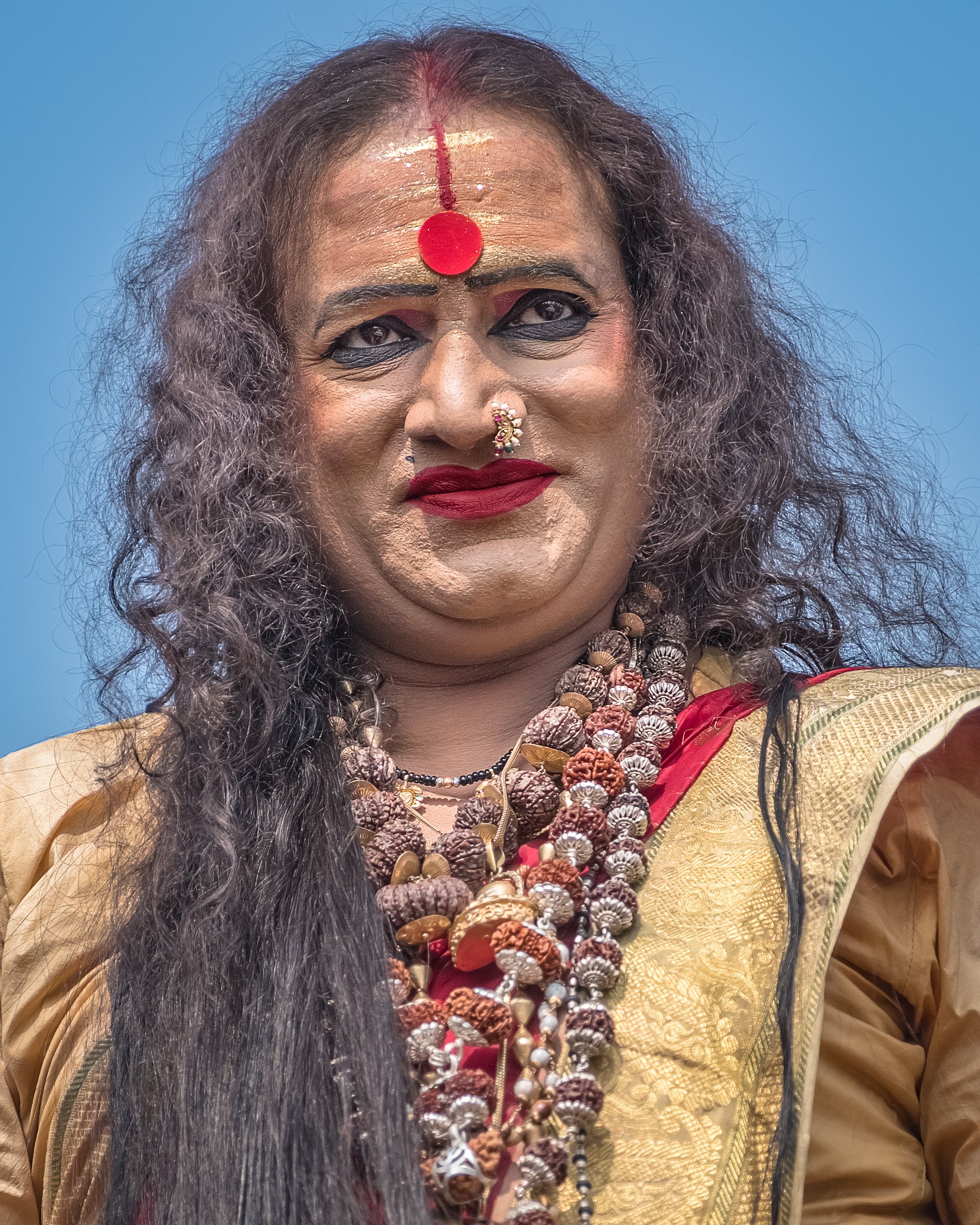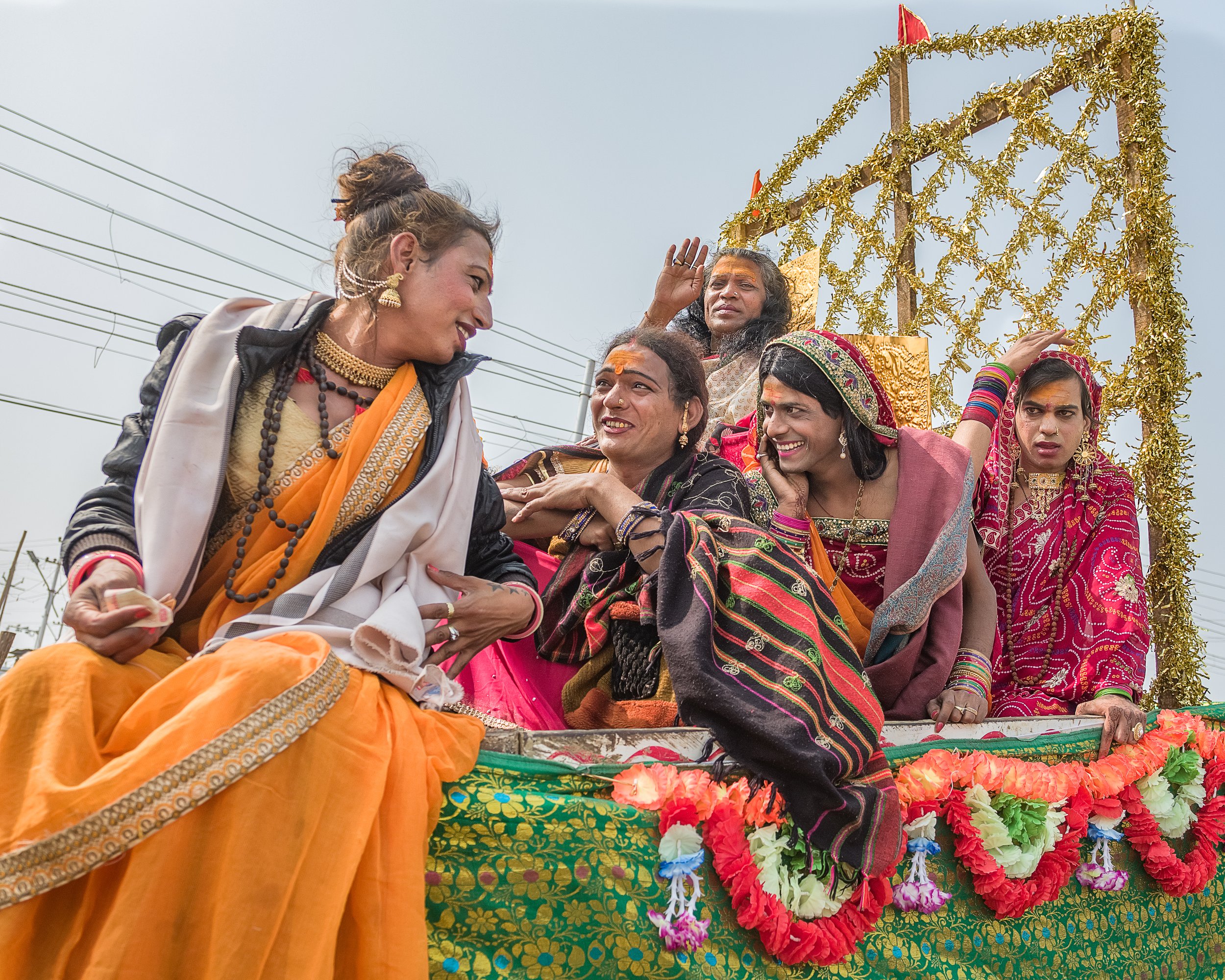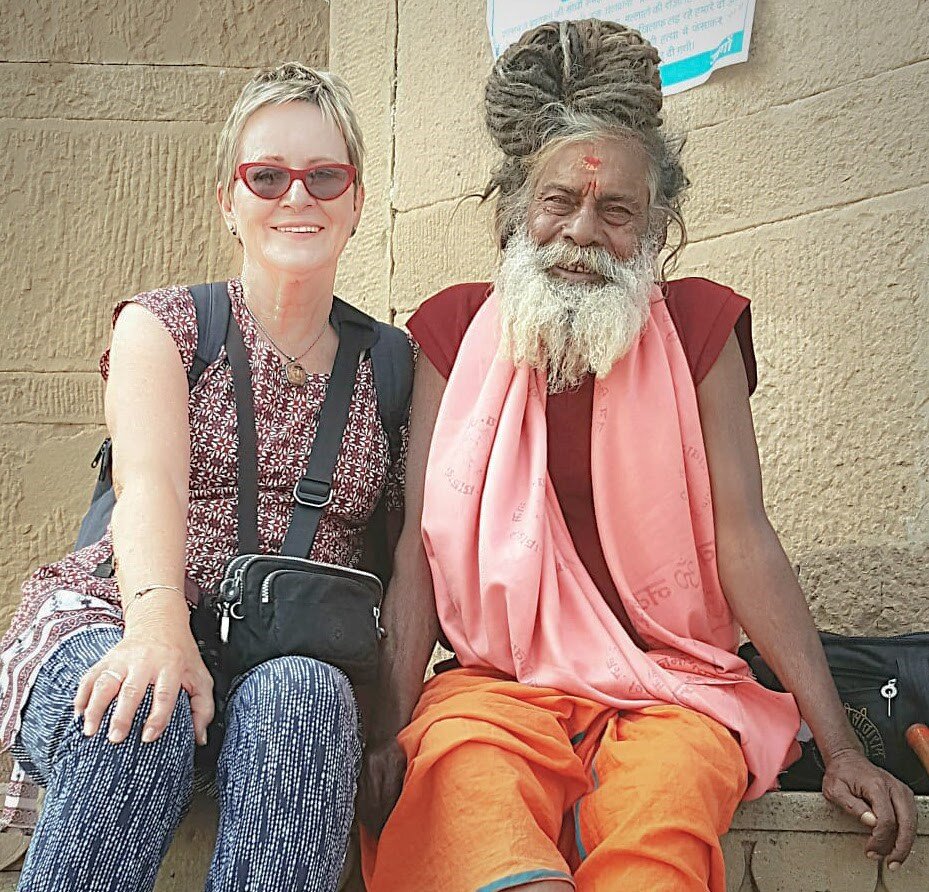98% of the Bougainville population voted for independence from Papua New Guinea in 2019, but the quest for nationhood remains uncertain.
A view of Bougainville. Jeremy Weate. CC BY 2.0.
In 2019, Bougainville, an island that is politically part of Papua New Guinea (PNG) but culturally and linguistically separate, voted overwhelmingly for independence. Around 98% of the population voted to leave PNG to form their own country. With such a large majority supporting independence, the government of PNG cannot ignore the demands of Bougainville, and negotiations are currently underway to devise a peaceful path to independence that satisfies both parties involved.
Located around 160 kilometers from the island of New Ireland and 1,000 kilometers from Port Moresby, the capital of PNG on the island of New Guinea, Bougainville is geographically part of the Solomon island chain. Due to its remote location from the rest of PNG, it has a unique history. A part of the German Empire until 1946, PNG was then transferred to Australian administration. When Australia granted independence to PNG in 1975, Bougainville was to be included in the new country, against the protests of the people there.
The people of Bougainville made several attempts at independence over the years, including in 1975. In the late 1980s, the region got plunged into a civil war due to the disagreements over the operation of the Panguna mine, one of the largest and most profitable mines in the world. To the residents of Bougainville, the mine, which was supported by the PNG government, represented another imperial imposition to their land. As part of the peace settlement that established Bougainville as an autonomous region in 2001, the residents of Bougainville were to be entitled to an independence referendum every 10 to 15 years. That first referendum happened in 2019, which resulted in overwhelming support for independence.
The location of Bougainville relative to the rest of PNG. Mr Accountable. CC BY-SA 3.0.
The next steps are uncertain. It is not feasible for any entity to gain complete independence overnight so there will be a transition period before Bougainville becomes a fully sovereign country. The agreement between Bougainville and the rest of PNG stipulates that independence shall be attained no later than 2027. Both parties are now trying to figure out the best way forward.
PNG is generally reluctant to grant independence to Bougainville, as their prime minister James Marape is worried that giving independence to Bougainville will set a precedent for other secessionist parts of the country. He insists that the parliament of PNG must approve independence. The government of PNG also points out that the referendum is non-binding.
The Bougainville side, however, says that the role of the parliament is only to ratify the actual results of the referendum or the outcome of the post-ratification consultations. After over a year of negotiations, both parties, in 2021, agreed to have a political settlement “no earlier than 2025 and no later than 2027.” Most governmental powers will also be transferred to Bougainville by 2023, with the rest to follow by 2027.
However, challenges remain. Today, Bougainville has a GDP per capita of $1,100, which is around the same level as the Democratic Republic of the Congo, Niger and Somalia, all of whom face notable challenges in poverty, health and political stability. It remains to be seen whether Bougainville will be able to secure recognition by other nations, as well as become a member of the United Nations, usually considered one of the benchmarks of independence. Ensuring a peaceful transition that results in a stable government that does not depend on foreign aid will be essential in the future success of Bougainville. While not there yet, the world could welcome a new country by 2027.
Bryan Fok
Bryan is currently a History and Global Affairs major at the University of Notre Dame. He aims to apply the notion of Integral Human Development as a framework for analyzing global issues. He enjoys hiking and visiting national parks.




